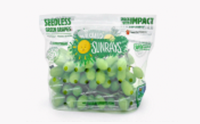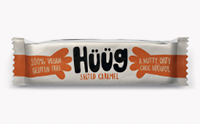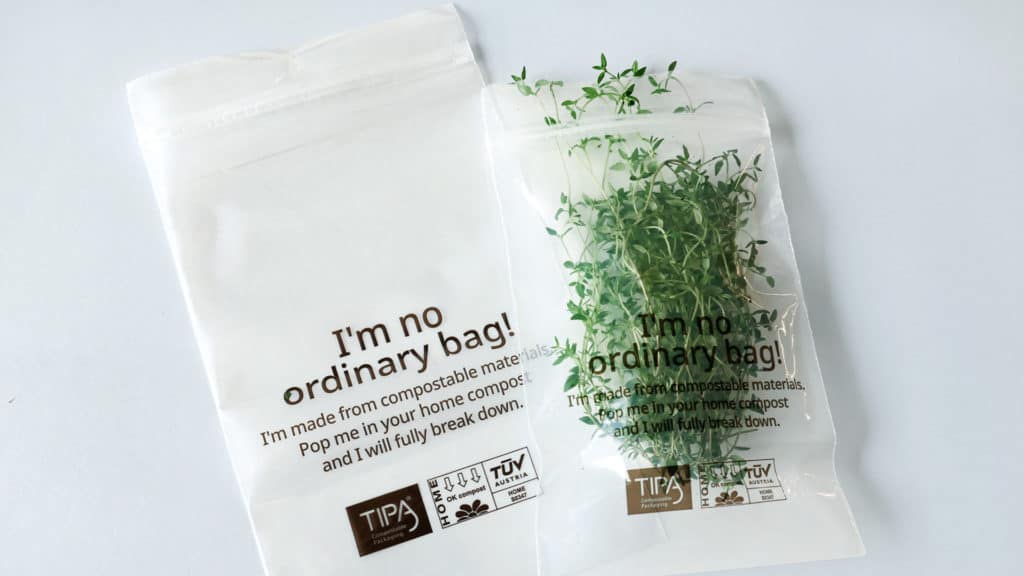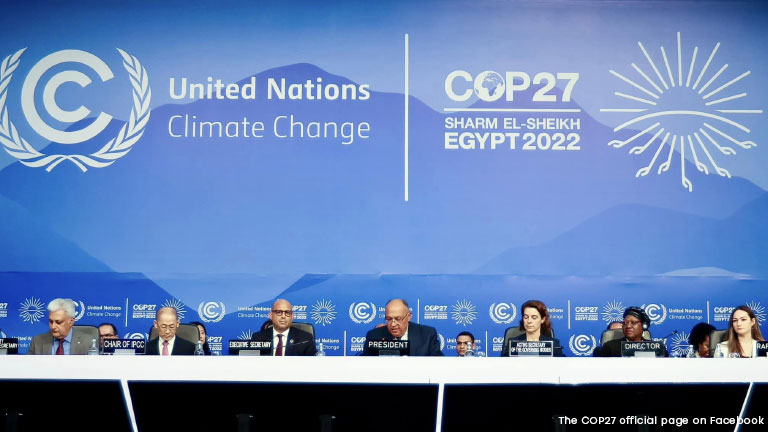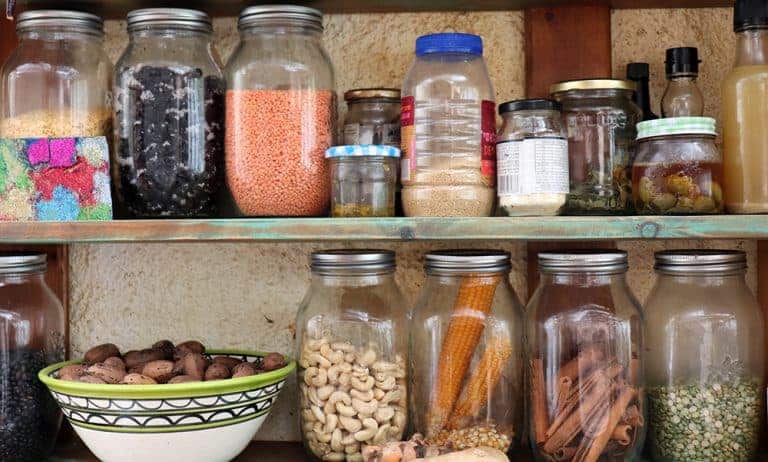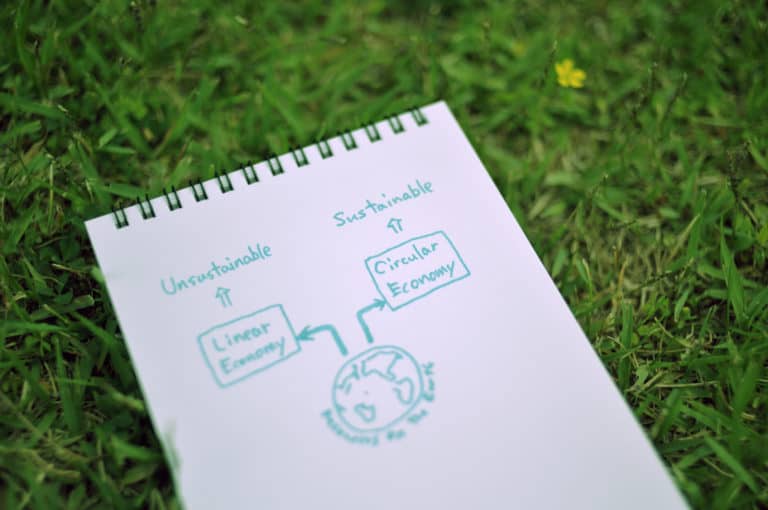A step-by-step guide to help you go compostable.
Chances are you’ve been hearing the word “plastic” a lot lately. Social networks are trending with #plasticfree, #plasticpollution, #zerowaste, #compostable, and top journals are highlighting the global plastic waste crisis, calling for a change.
It may not be easy to break away from the vicious cycle of consuming single-use plastics. We are all accustomed to their durability, transparency, shelf stability, and other superior properties. Plastic is deceptively cheap, however, we ought to remember that the real cost incurred with single-use plastic is severe environmental pollution. There is no sustainable solution to non-biodegradable waste management. Only a fraction of all flexible packaging produced gets recycled (4 % in the UK and the global average is likely to be even lower), the rest being condemned to landfills or incineration.
What if there was a solution, offering the same performance as conventional plastic, but a very different end of life? While conventional plastics stay intact for hundreds of years, contributing to climate change, compostable packaging acts like organic waste and only needs heat, humidity, and oxygen to fully biodegrade and return to earth. Not all compostable materials were created equal. TIPA’s high-performance packaging, comprised of unique blends of compostable polymers, doesn’t compromise on quality, or sustainability. Interested in giving it a go?
These five questions will help you identify the right compostable packaging solution for you:
What products are you packing?
A variety of compostable films and laminates offer different moisture and oxygen barriers and properties. To identify the right match, it is essential to have precise information about the product being packed: Is it food or non-food? Is it dry, moist, liquid, or perhaps comes in powder form? Does it have an expiration date, affecting your shelf-life expectations?
sTIPA’s packaging is designed to extend the shelf life of your product once the right match is found.
What type of material are you looking to replace?
Do you love the flexibility and transparency of polyethylene, but don’t want it to stay in a landfill for 15 generations to come? Are you looking for an eco-friendly version of polypropylene or a metalized barrier laminate? All these options have compostable alternatives that will allow the packaging to return to earth once it served its purpose. If you have technical specifications of conventional plastic material that works for your product, they will become handy in identifying the best compostable alternative.
What type of packaging do you need?
Do you require a zipper closure, a resealable option, or perhaps a stand-up pouch with a bottom gusset that can be placed on a shelf? All these formats are available as compostable and can be heat sealed and printed using compostable inks. You may also choose to purchase reels of compostable film and work with a co-packer to create your perfect packaging.
What are the required quantities?
How many bags do you typically order annually? Do you use them right away, or tend to store them for a year or two? Are you ready for a full-scale change, or would you like to dip your toes in the water first, by trying compostable packaging for one of your product lines? Depending on your answers, you may want to go with higher quantities of custom-made packaging, or lower quantities of standard-sized, ready-made bags that serve the environment just as well but will not have the advantage of personalized branding.
How do you pack your products?
Do you manually pack your products, or are you using Form, Fill and Seal (FFS) machinery? Where does the packing take place? Answers to these questions will help you make the right choice between pre-made packaging and reels of films for flow packing. Knowing the location will be useful for estimating the shipping costs and duration.
What’s next? You don’t have to know all the answers to start exploring compostable packaging – you are welcome to contact TIPA at any stage! Be sure to include some information about your packaging needs and expectations, it will help our packaging experts so they can get back to you with a suitable packaging proposal.
A whopping number of 8.3 billion metric tons of virgin plastics have been produced until now. Plastic production and consumption continue to grow, taking their toll on the environment. It takes determination and persistence to break the habit of using conventional plastics, but with the development of high-end compostable materials that imitate and replace conventional plastic, it is now much easier to make the switch.
A lot of industry leaders joined the New Plastics Economy Global Commitment and pledged to use only sustainable packaging solutions by 2025. More and more brands are following their lead, embracing compostable packaging across their supply chains.
Switching to compostable packaging can help position the company as innovative and environmentally responsible, further strengthening the brand’s positive image towards consumers’ growing environmental awareness.
Communication about the choice of compostable packaging as part of the company’s sustainable efforts plays an important marketing role, helping to increase sales, especially among the environmentally-conscious consumers of the post-Covid-19 era.
TIPA’s compostable pre-made packaging is now available in a stock offering for low quantities. Order your compostable packaging now!









